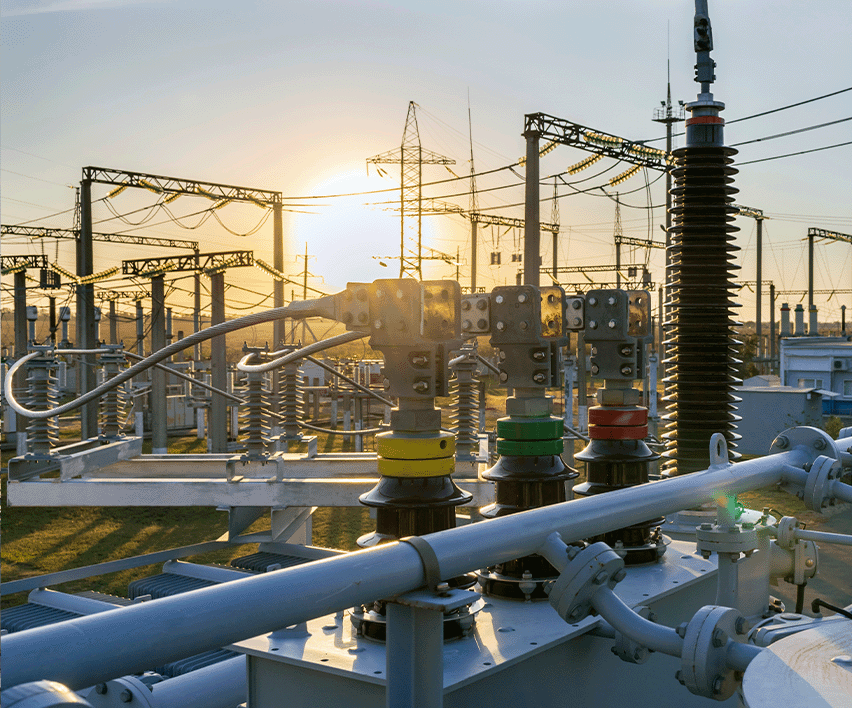Future Trends in Transformer Technologies and Sustainable Solutions
The energy sector is rapidly transforming in terms of sustainability and efficiency. At the heart of this transformation are transformer technologies, which play a critical role in making energy infrastructures more efficient and environmentally friendly.
In this article, we provide insights into the future of transformer solutions, highlighting the importance of integration with smart grids, the use of innovative materials, and the role of maintenance strategies. Additionally, we explore how technologies that enhance energy efficiency and reduce carbon footprints are driving an evolution in the transformer industry. These developments in the transformer sector not only improve energy management and distribution efficiency but also ensure environmental sustainability.
Sustainable Energy and Transformer Solutions
As the world shifts toward renewable energy, transformers play a critical role in managing the electricity generated from sources such as solar, wind, and hydro power. Transformers ensure the efficient transfer of this energy from production sites to consumption areas, minimizing energy losses and contributing to overall energy efficiency. Their ability to handle varying loads and voltages makes them indispensable in modern energy grids, especially as the demand for sustainable energy solutions grows.

Smart Grids and Digital Transformer Technologies
Transformers are evolving alongside smart grid technologies, which allow for more efficient and responsive energy distribution. The digitization of transformers through IoT integration enables real-time monitoring and predictive maintenance, reducing downtime and preventing failures. Smart grids equipped with digital transformers can optimize energy use, balancing supply and demand more effectively. This not only Transformer Maintenance: Tips for Reliable Energy
Regular maintenance is essential to ensure transformers operate at peak efficiency. Neglecting maintenance can lead to equipment failures, increased energy losses, and costly repairs. Simple tasks like thermal imaging, oil analysis, and periodic inspections can extend the life of transformers and prevent unexpected breakdowns. By maintaining transformers properly, energy providers can ensure a more reliable and stable energy supply.enhances energy reliability but also reduces costs for both providers and consumers.

Energy-Efficient Transformer Solutions
Innovations in transformer technology are continually driving improvements in energy efficiency. Low-loss transformers, for example, are designed to reduce energy dissipation during transmission, making them ideal for renewable energy applications. Transformers made from environmentally friendly materials not only enhance efficiency but also contribute to a smaller carbon footprint. These advancements are critical as the energy sector works to meet global sustainability goals.
The Future of the Transformer Industry: Trends and Expectations
The future of the transformer industry is shaped by trends such as the rise of smart cities, increased energy storage needs, and the growing adoption of electric vehicles (EVs). As cities become more connected and reliant on smart infrastructure, transformers will need to support greater energy demands with high reliability. Additionally, energy storage systems, including batteries for renewable energy, will require transformers that can efficiently handle bidirectional power flow.
Key Factors to Consider When Selecting a Transformer
Selecting the right transformer for a specific application requires careful consideration of several factors. Power capacity, efficiency, operating environment, and reliability are all key elements to assess. In industrial settings, for example, a transformer must be able to withstand heavy loads and harsh conditions. Additionally, cost-effectiveness and maintenance requirements should be factored in when making a decision.
The Role of Transformers in Reducing Carbon Footprint
Transformers are essential in reducing energy losses during transmission, which in turn helps lower carbon emissions. By using high-efficiency transformers and integrating them into renewable energy systems, companies can significantly reduce their environmental impact. Energy providers are increasingly turning to transformers designed with eco-friendly materials and energy-efficient technologies to support global efforts to combat climate change.
Transformers Made from Innovative Materials
The materials used in transformer construction have a direct impact on their performance, durability, and environmental footprint. Recent advancements in nanotechnology and sustainable materials have led to the development of transformers that are more efficient, durable, and environmentally friendly. These innovations not only improve the performance of transformers but also reduce the resources required for production and maintenance, aligning with the growing demand for green technologies.
















